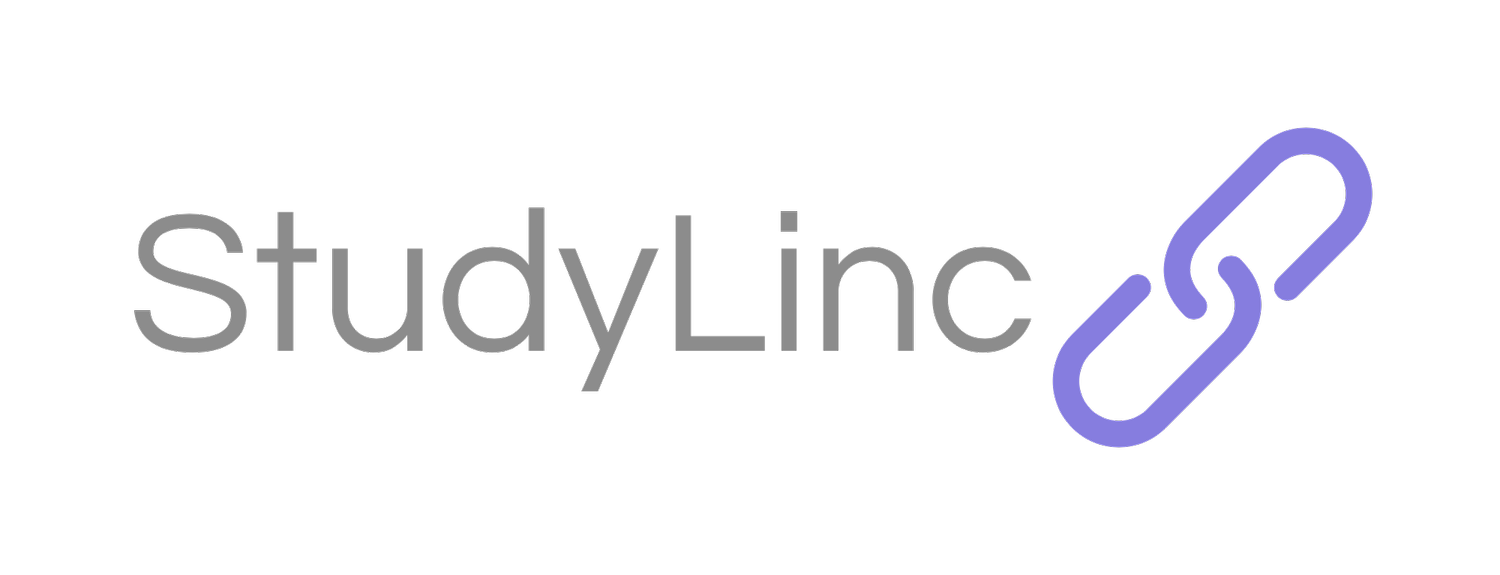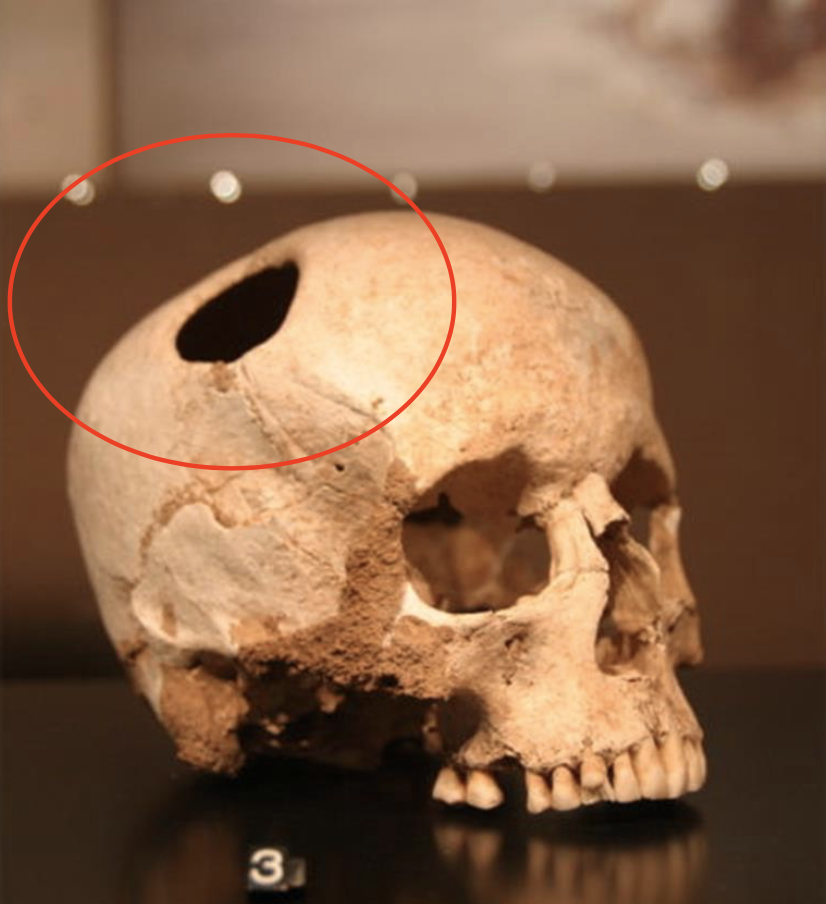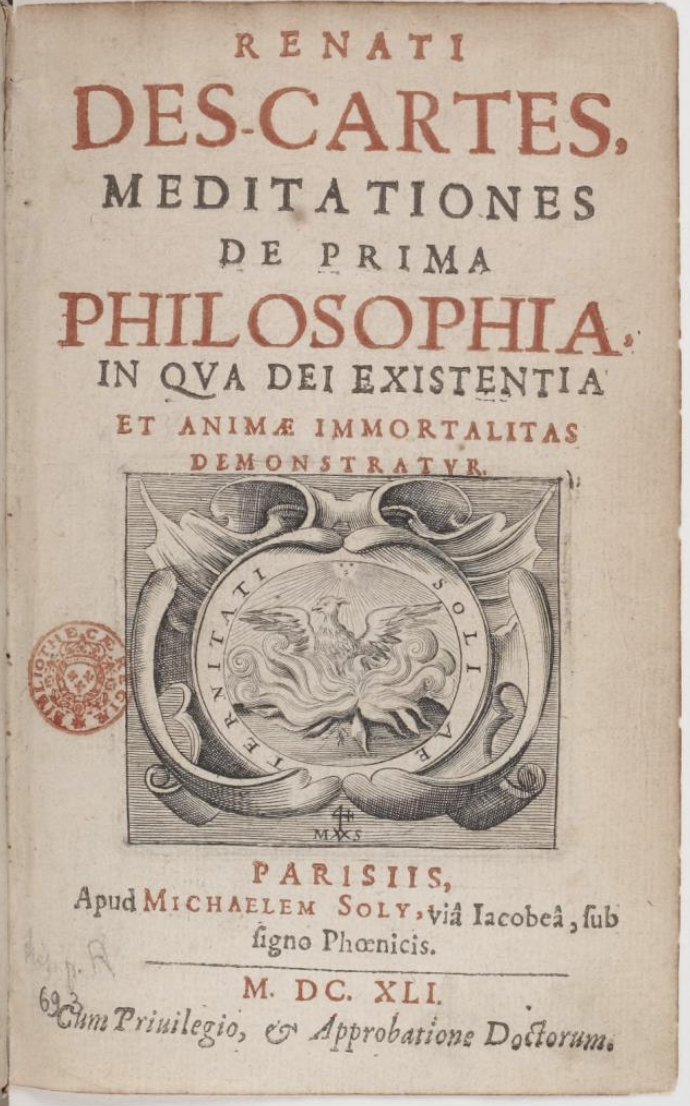Pre-historic Concepts of Illness
Supernatural explanations
Evil spirits
Trephining (Holes inthe head to allow evil spirits to leave
Early history
Hippocrates - Greek (460-377 BC)
Humoral theory: 4 Humours
Blood
Yellow Bile
Black Bile
Phlegm
Mind and body were seen as separate entities
Mind had no impact on health
Galen (129-216 AD:
Localised diseases to particular organs
Placed the brain as the centre of the mind
Islamic Golden Age
8th - 14th Centuries
Established formal learning centres
First mental hospital - Baghdad 792 AD
Middle Ages
5th - 14th Centuries
Regression to supernatural
Illnesses attributed to a blend of humoral theory, astrology, punishment for sin, etc.
Renaissance
15th - 16th Centuries
Rene Descartes: Proposed mind and body communicating through pineal gland
Body regarded as a machine
Mind and body are separate entities
Bedlam - Asylym in monastery of ‘St. Marys of Bethlehem’ in London
Used harsh tactics to control patients
Enlightenment & Scientific Revolution
17th - 19th Centuries
Surges in intellectual reason and individualism
Challenges to religious and political structures
Birth of psychology: Wilhelm Wundt (1832-1920) campaigned to make psychology an independent discipline.
Asylums: credibility was questioned by public
Hospitals: No longer just places to die
(-ve) Female Hysteria, Phrenology
The Biomedical Model
Led to the development of vaccines and antibiotics
Traditional view of western medicine
Health equals the absence of disease
Disease is the result of exposure to a pathogen, a genetic abnormality, or an injury.
Strengths:
Clear diagnosis and treatment
Effective for acute and physical conditions
Scientific basis
Limitations:
Too much emphasis on biological processes
Neglects contextual factors
Limited treatment options
Psychosomatic Medicine
Early 1900s
Repressed emotions manifested as physical symptoms
Personality types are linked with specific illnesses, such as heart, disease, and ulcers
Made some bizarre claims
The Biopsychosocial Model
Engel (1977)
Health and illness have multiple aetiologies, effects, and treatment options.
Relies on simultaneous levels of analysis to consider both nature and nurture in health and illness.
Biological:
Genetic factors
The endocrine system
All other physical factors such as age etc.
Psychological:
Includes behavioural and cognitive perspectives
Thoughts, beliefs, values, feelings, and actions.
Social:
Include social, environmental, and cultural elements
Relationships and culture, as well as situational events such as natural disasters, heat, cold, and noise.
Strengths:
Holistic approach
Views health as a positive condition, not just the absence of disease
Limitations:
Maybe impractical for practitioners to address all biopsychosocial factors
Considering too many things at once can make treatments confusing and less effective.
The Information Age
1970s - present
Refinement of holistic psychopharmacological options
Destigmatising mental illness
Concerns re global health and social disparities, and limited economic or social support
Health Psychology
Aims to understand how people stay healthy, why they become ill, and how they respond when they get ill
Examines the psychological and social factors that lead to the enhancement of health and the prevention or treatment of illness
Informs health policies and influences healthcare










